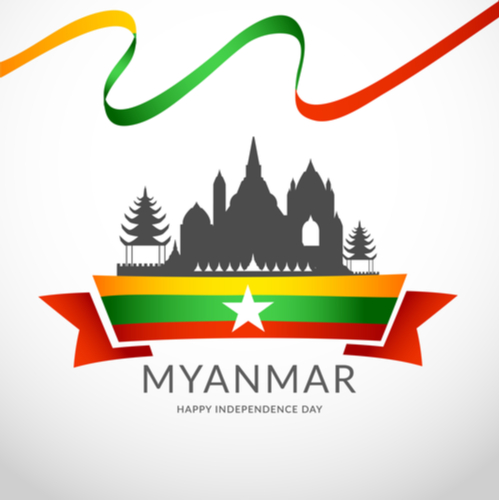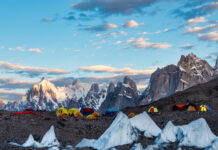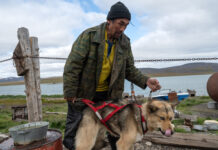Today marks Myanmar’s Independence Day. Here is a little background on the history of the country and its curious name.
Festivals and traditional activities are held across the country to celebrate on this day. The capital, Yangon, is festooned in patriotic colours, and both men and women don traditional attire to mark the festivities.
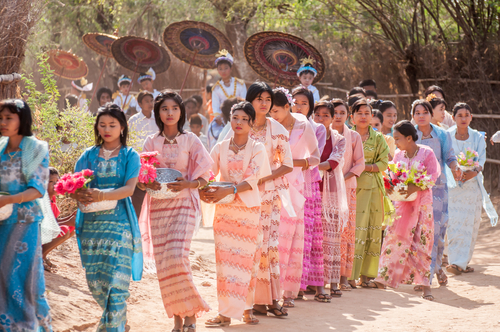 The Emergence of Myanmar
The Emergence of Myanmar
Myanmar was once subjected to the colonisation efforts of both Great Britain and Japan.
In 1886, Myanmar (then Burma) came under British control, with Rangoon (now Yangon) being an important port situated between India and Singapore.
From the earliest days of colonisation, there was a strong feeling of resentment against the rule of the British, with Buddhist monks playing a key role in the independence movement.
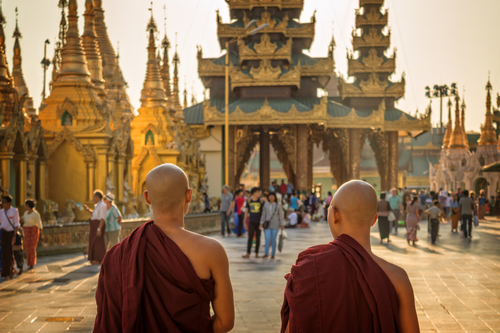 Just before the outbreak of World War II, there had been some moves towards autonomy in 1937, when Burma became a separately administered colony of Britain, and Ba Maw was appointed the first Prime Minister and Premier of Burma.
Just before the outbreak of World War II, there had been some moves towards autonomy in 1937, when Burma became a separately administered colony of Britain, and Ba Maw was appointed the first Prime Minister and Premier of Burma.
Some Burmese saw the rise of Japan as an opportunity to gain independence from Britain, and when the conflict started, Ba Maw formed the Burma Independence Army in Japan.
The Japanese took over Burma by March 1942 and though many Burmese fought initially on the side of the Japanese in World War II, many later fought with the British. The Burmese army even switched allegiance from Japan to the allied forces in 1945.
Following the end of the war and the defeat of Japan, the Panglong Agreement was reached on 12 February 1947 which led to the unification of Burma as an independent state.
On 4 January 1948, the Union of Burma gained its independence from Britain. Notably, it declined to join the British Commonwealth. Shan National Sao Shwe Taik became the new country’s first President, and U Nu its first Prime Minister.
Burma was later renamed Myanmar in 1989 by its military government.
Why Burma?
The word Bamar, which Burma derives from, refers to an ethnic group which is about 60% of the population. This excludes the Rakhine Kingdom, Pyu Kingdom, and Mon Kingdom that come from the same country – each of whom speak different dialects.
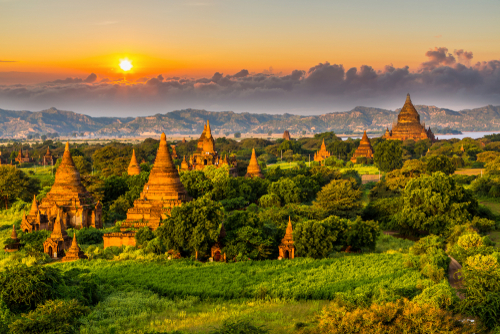 In the Burmese language, there have been controversies about the name of the country since the 1930s, and the decision of the regime in 1989 carried the controversy into the English language. The regime believes that Myanma is more inclusive of minorities than Bama, while opponents point out that historically, Myanma is only a more literary version of Bama.
In the Burmese language, there have been controversies about the name of the country since the 1930s, and the decision of the regime in 1989 carried the controversy into the English language. The regime believes that Myanma is more inclusive of minorities than Bama, while opponents point out that historically, Myanma is only a more literary version of Bama.
Did you know?
The Indian (and sometimes used in Bangladesh) name for Myanmar is ‘Brahmadesh’ or ‘Brahmavarta‘, which means ‘land of Brahma’.
What are your thoughts? Leave a comment!
Never miss out again, have every latest edition delivered to your doorstep! Subscribe here or if you prefer reading online, download the e-versions here!


